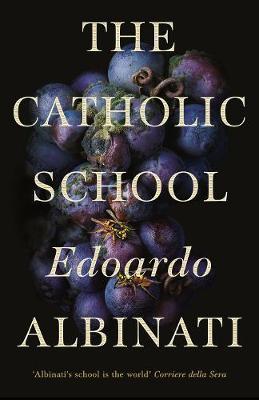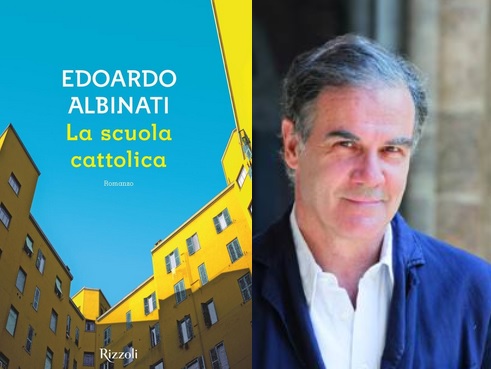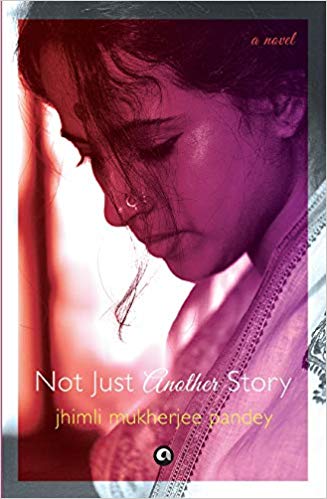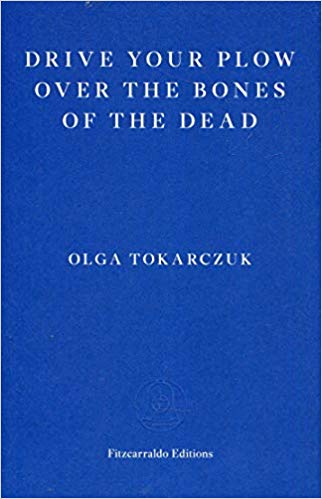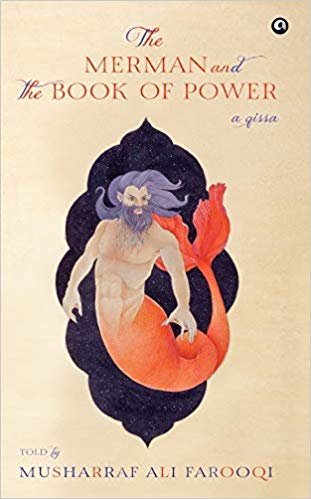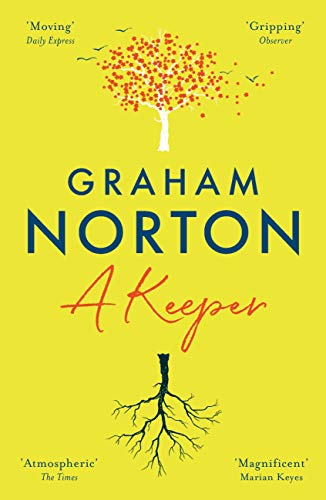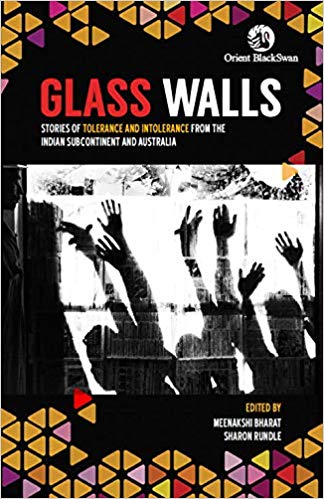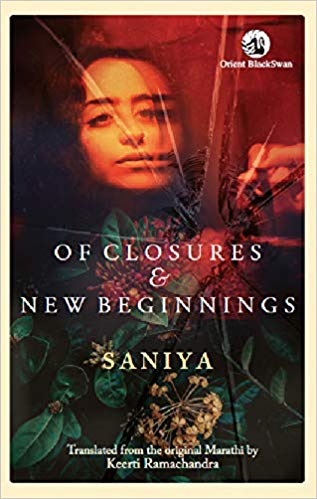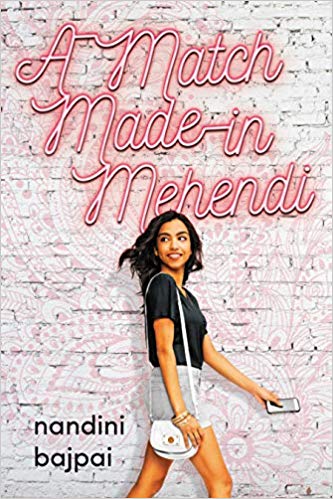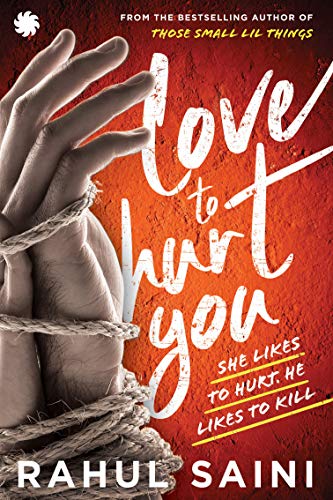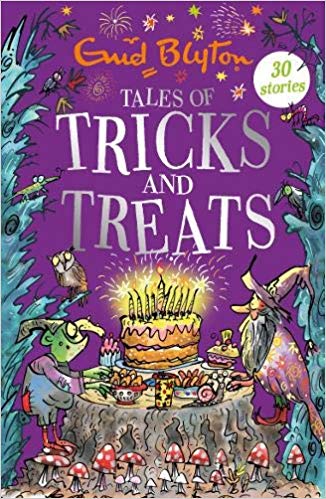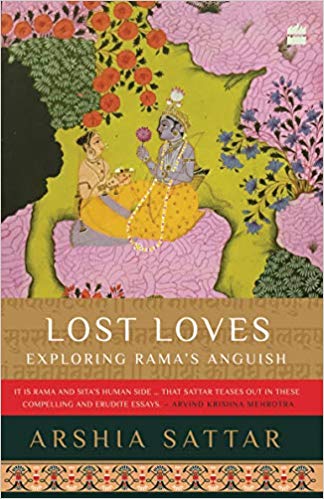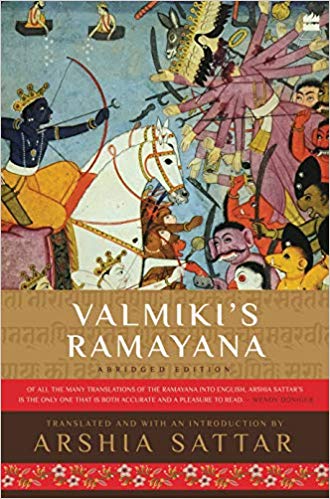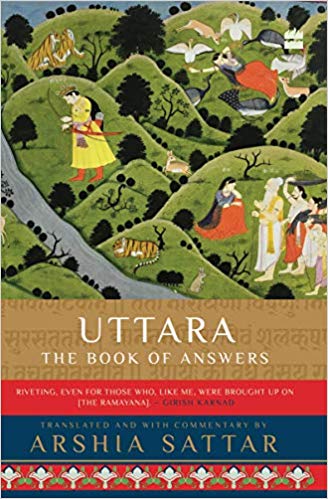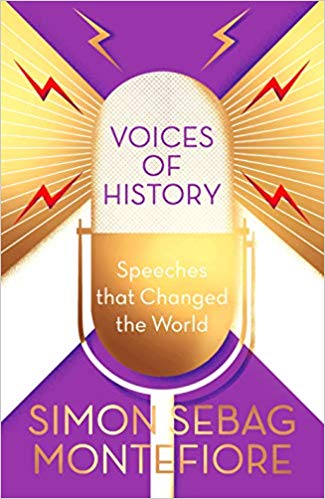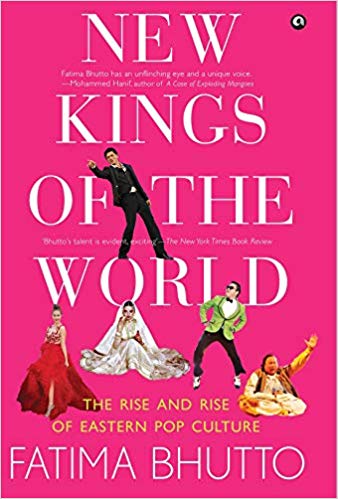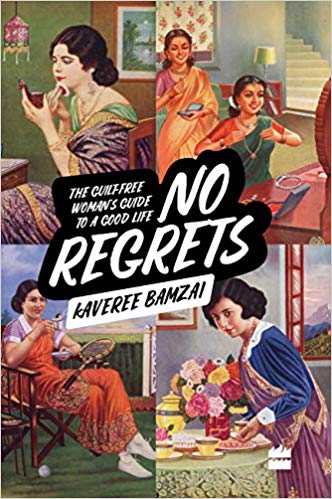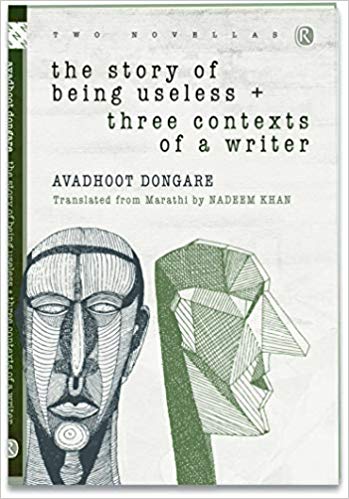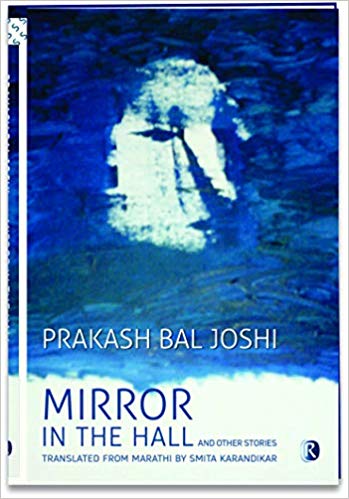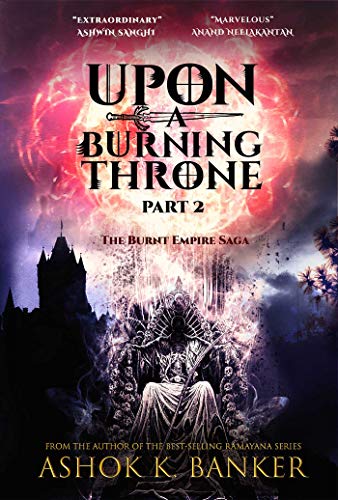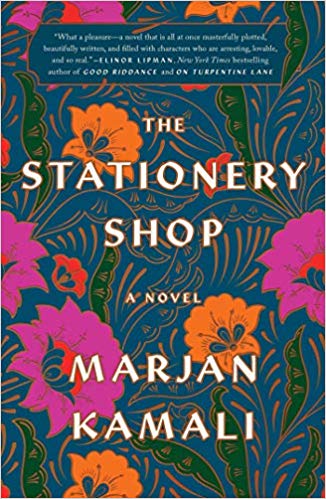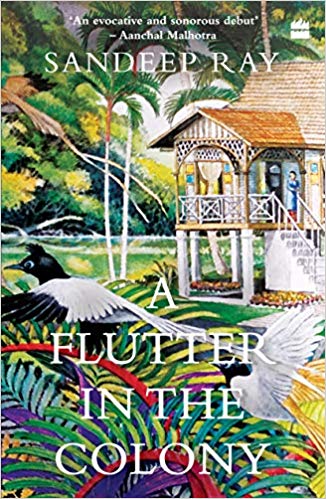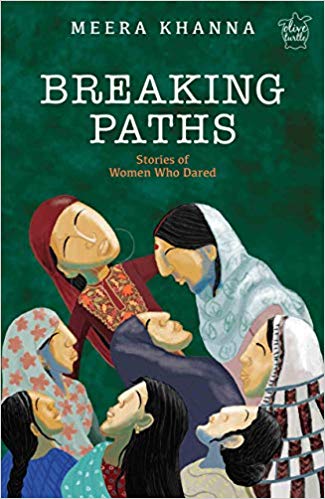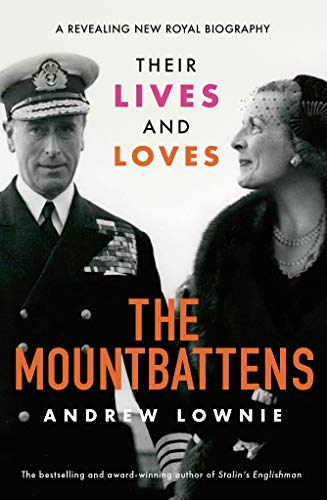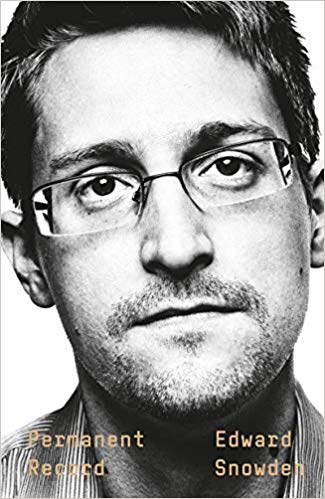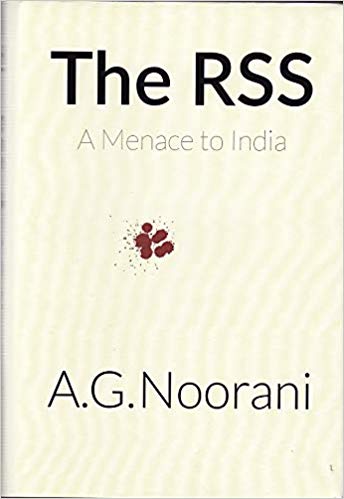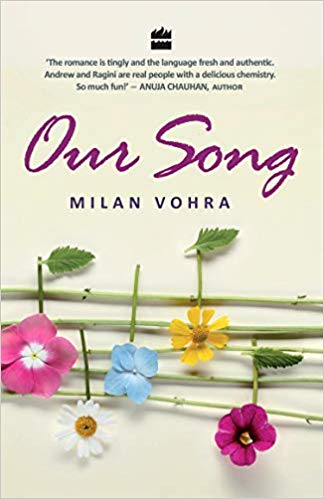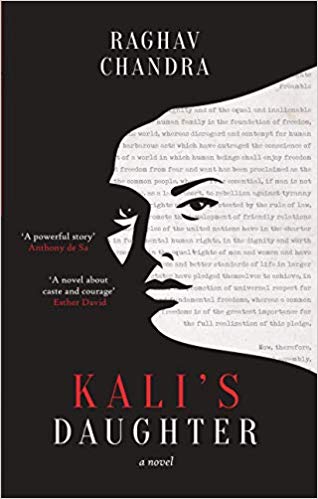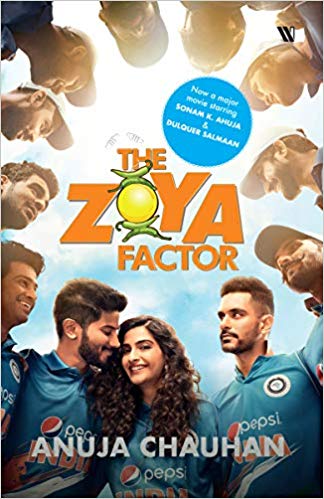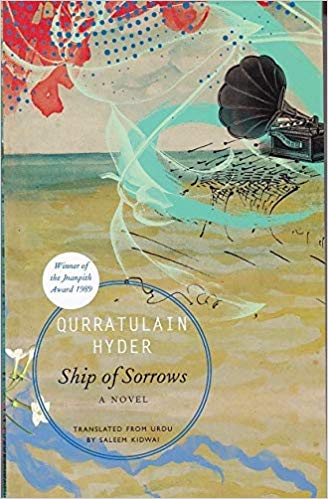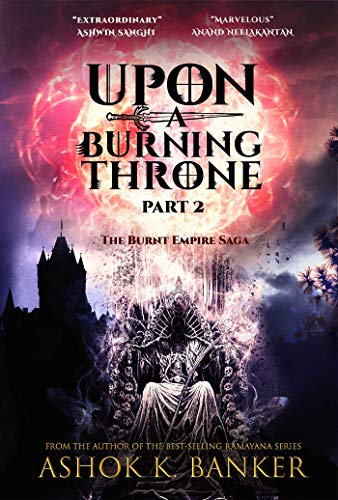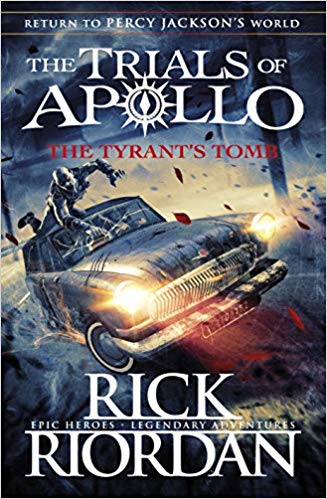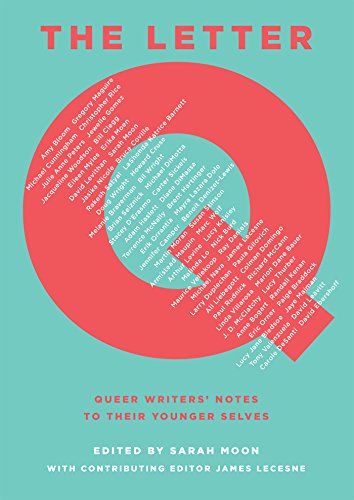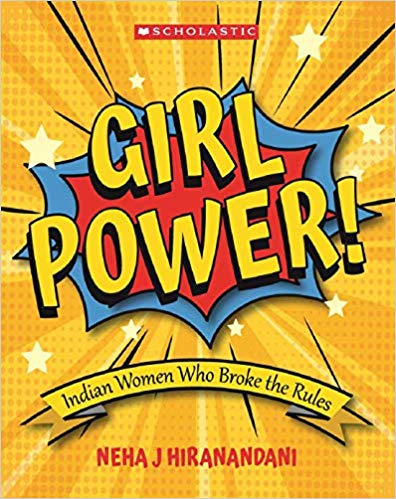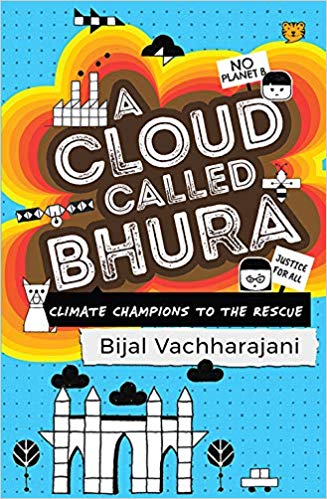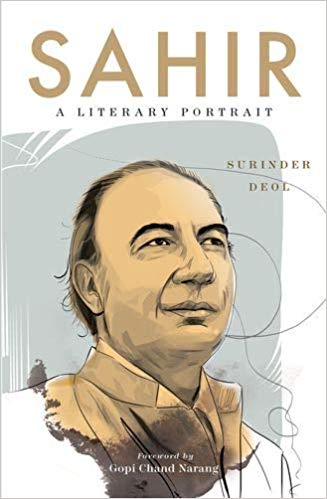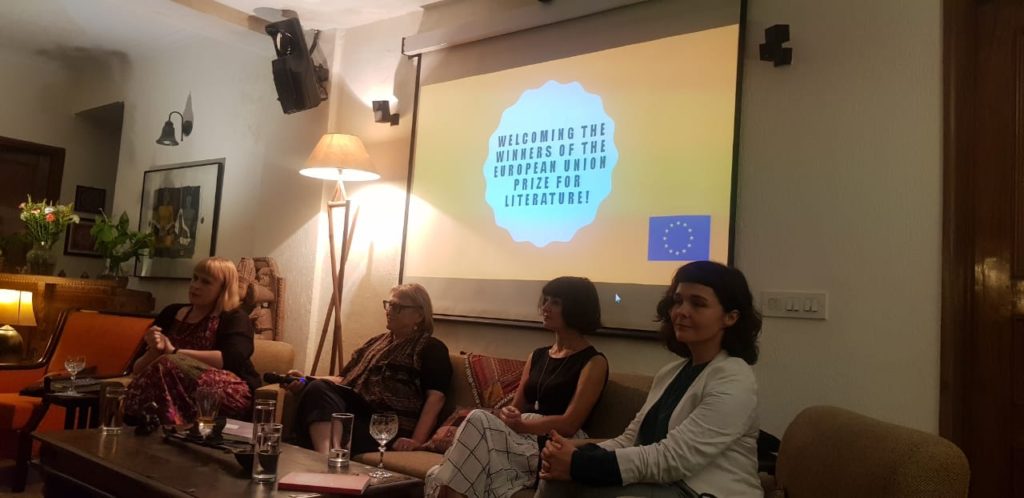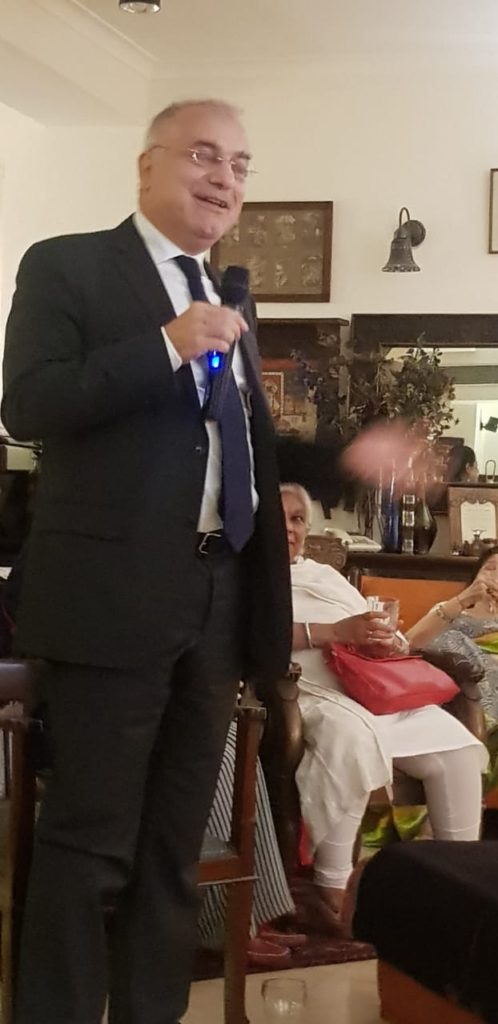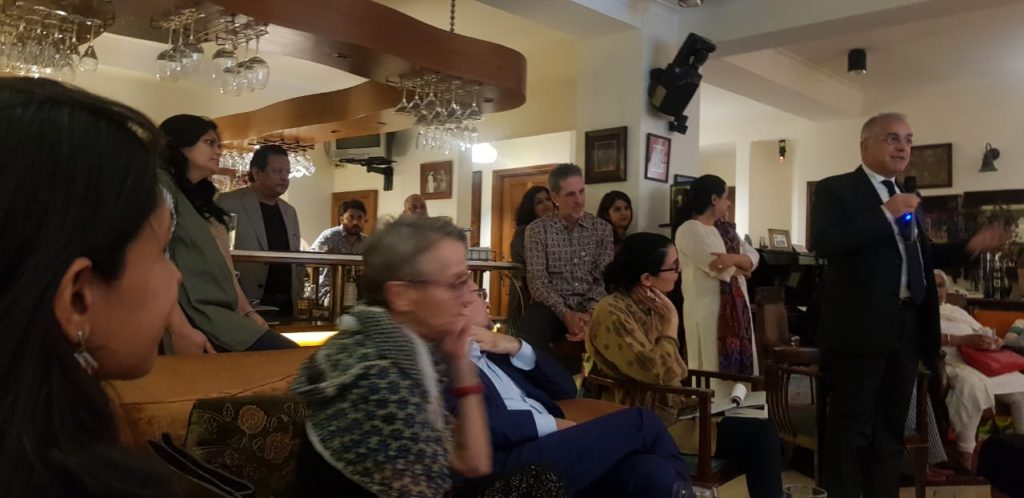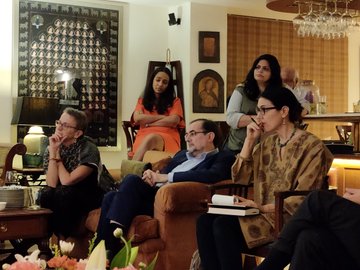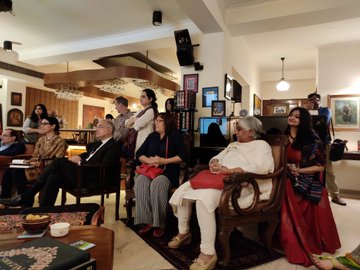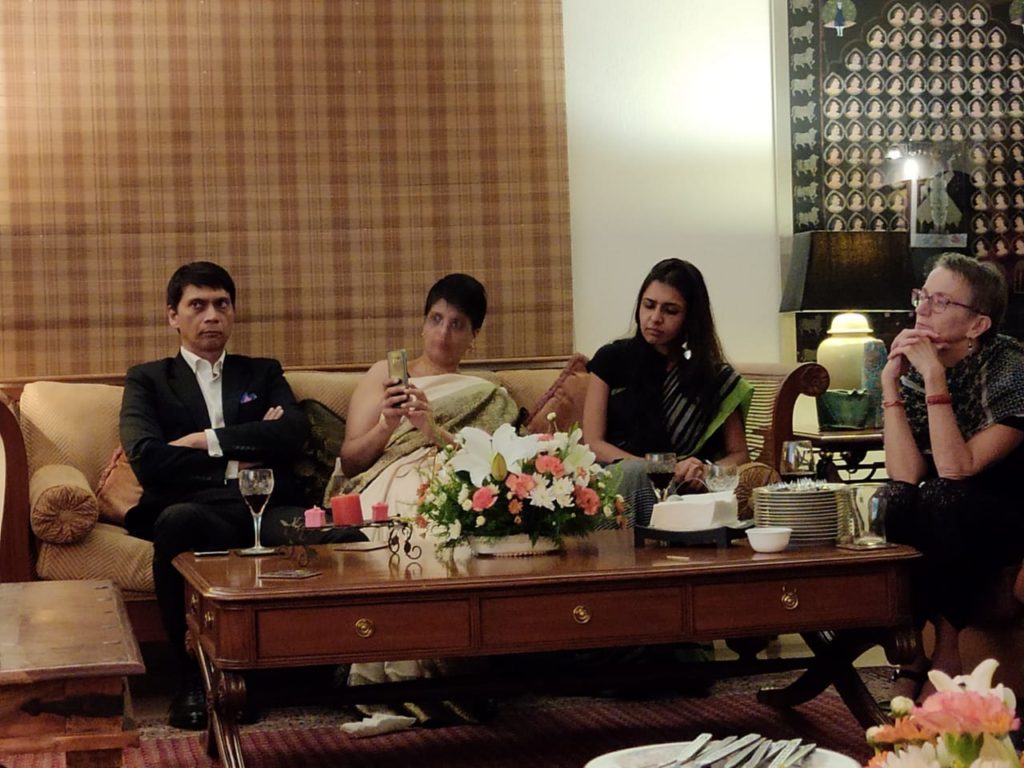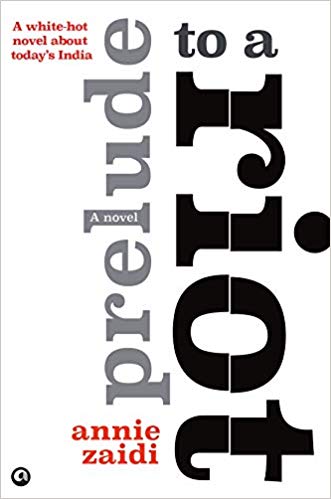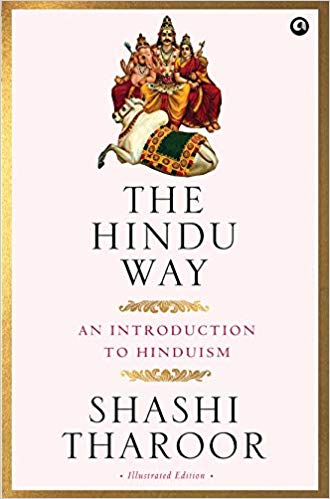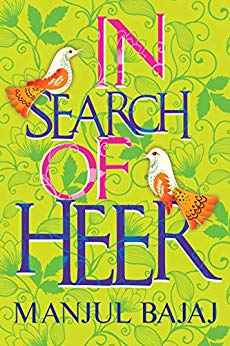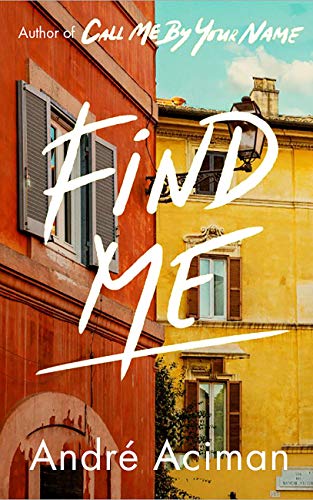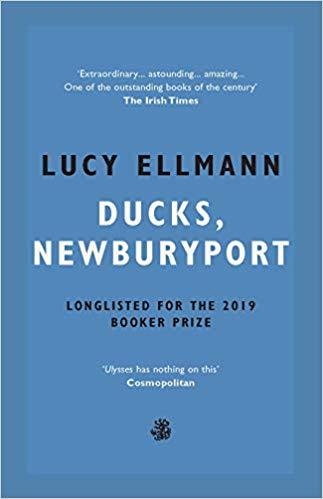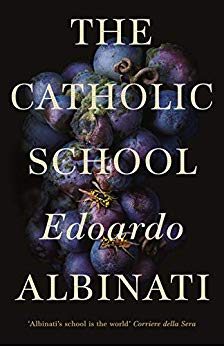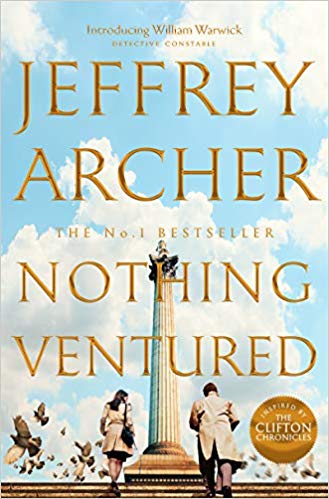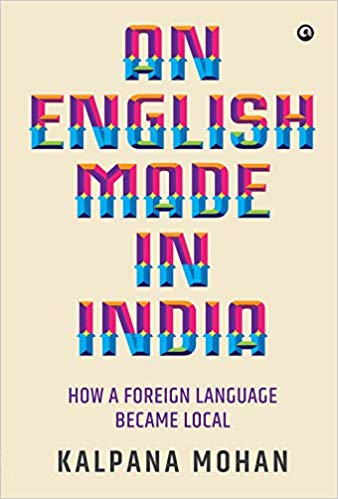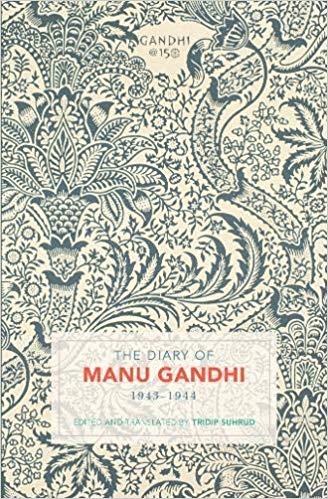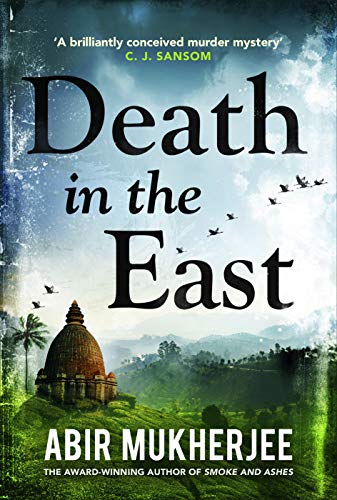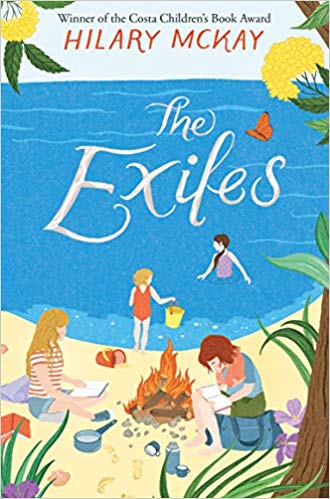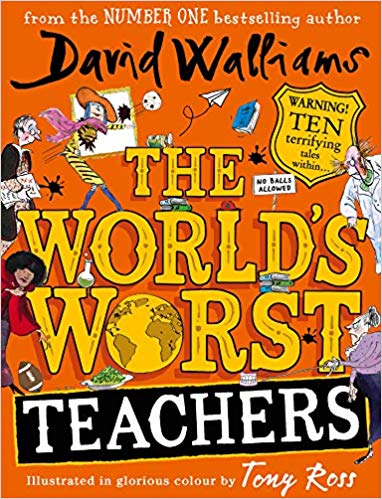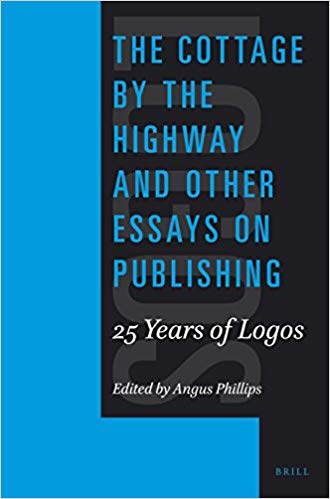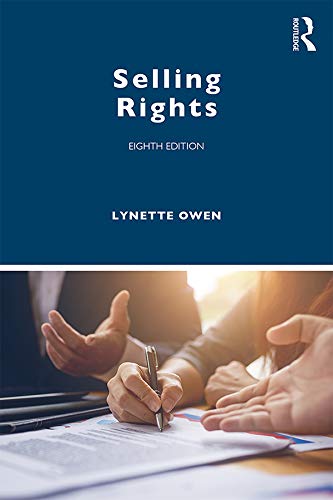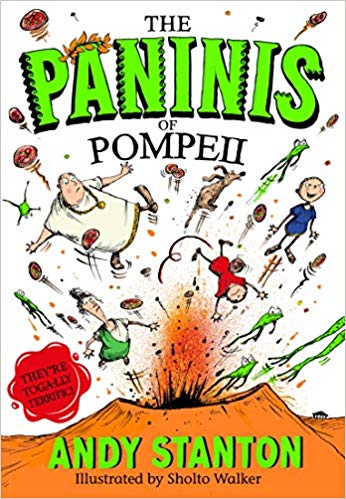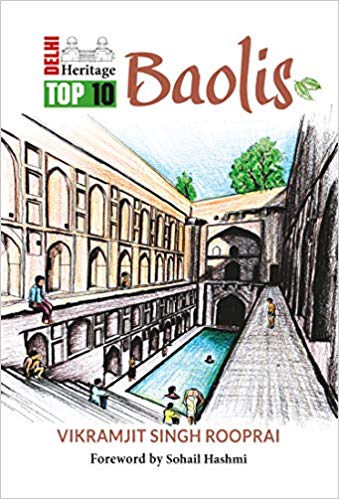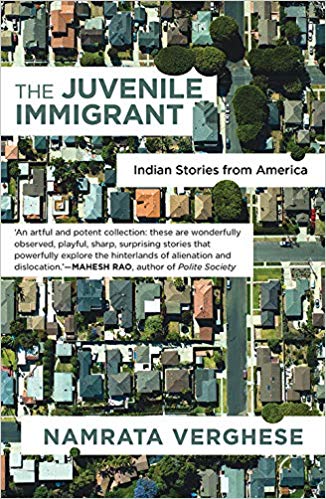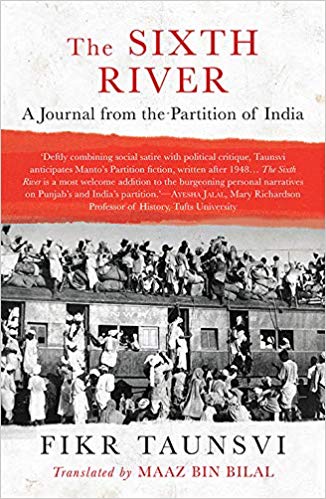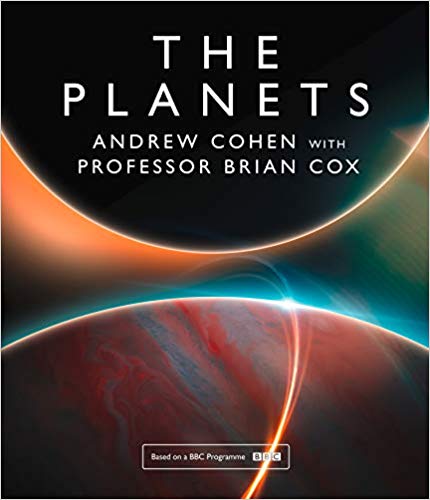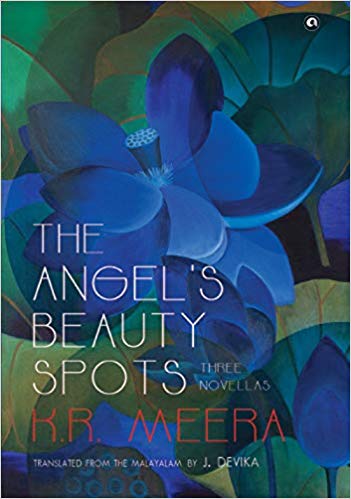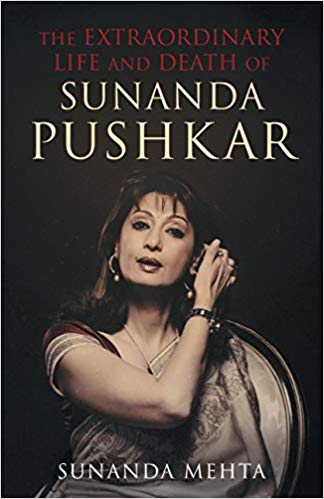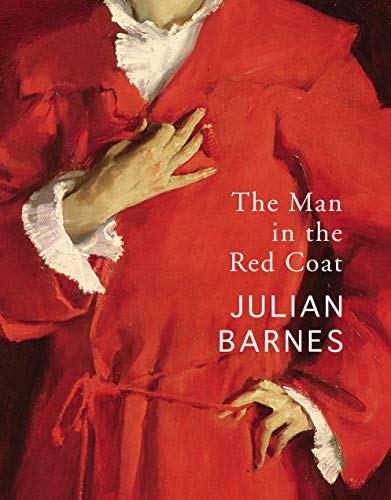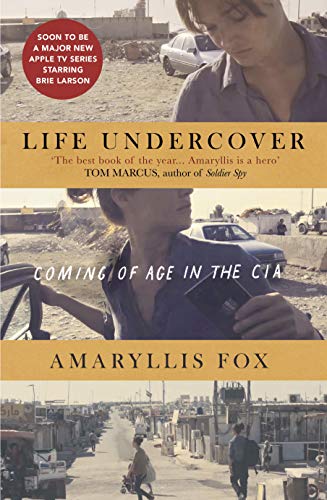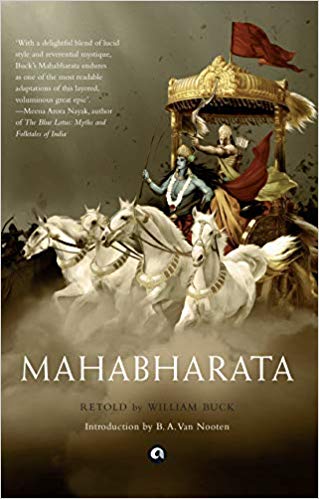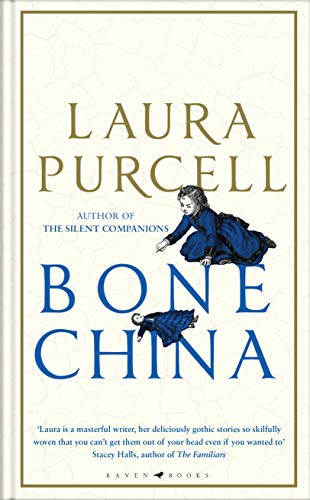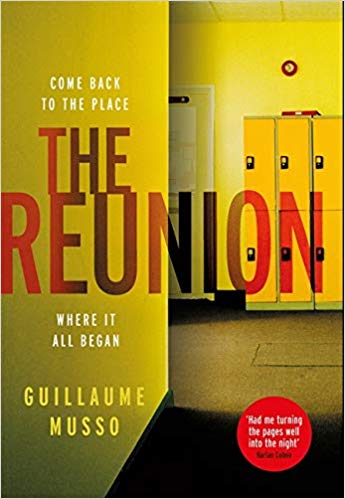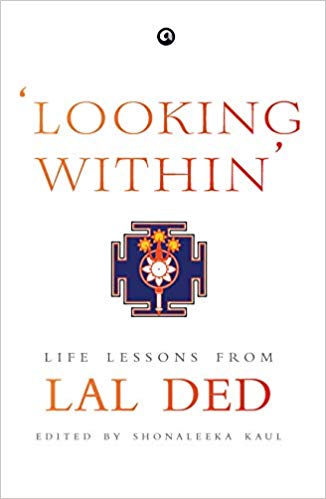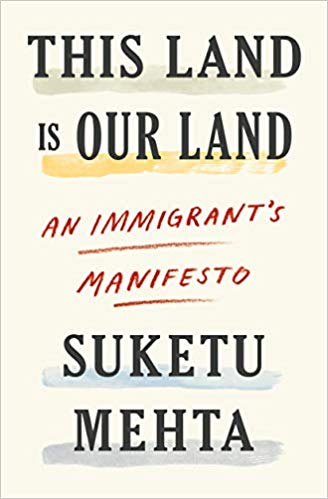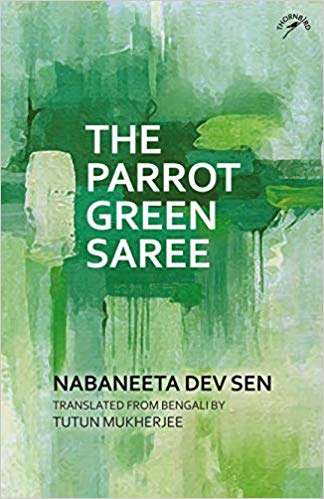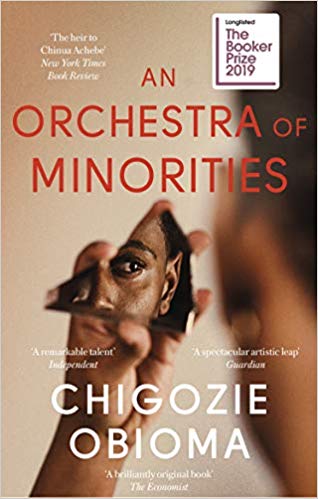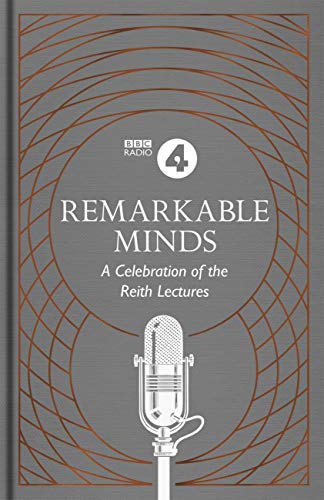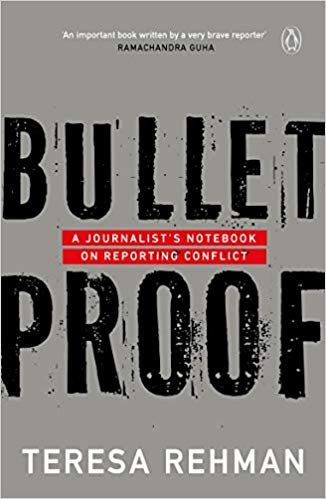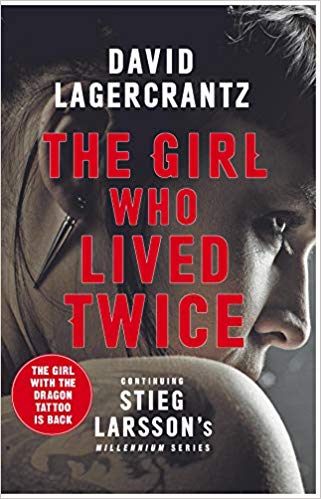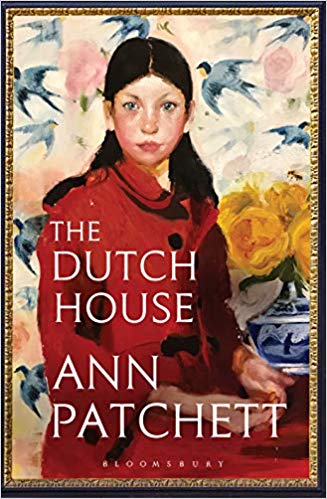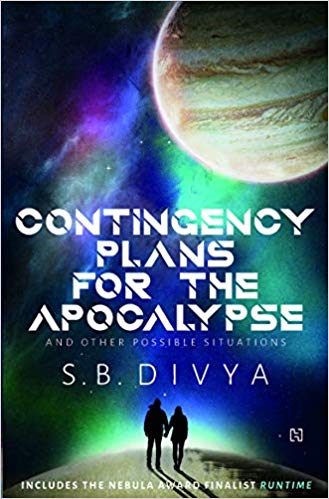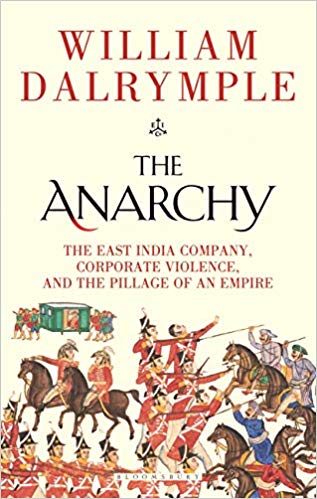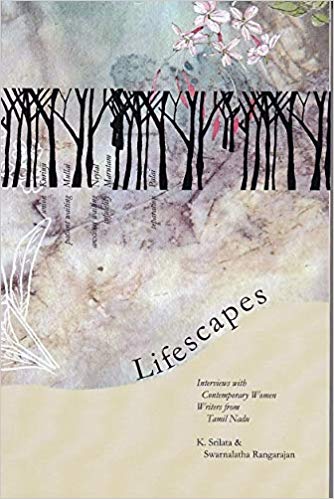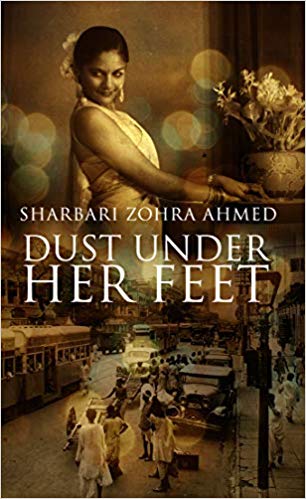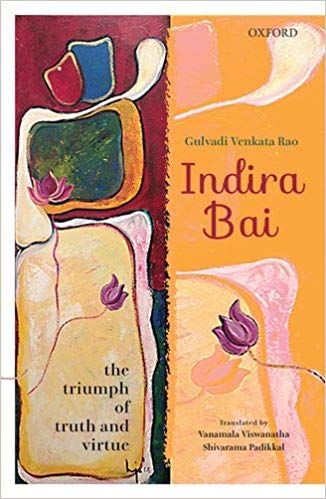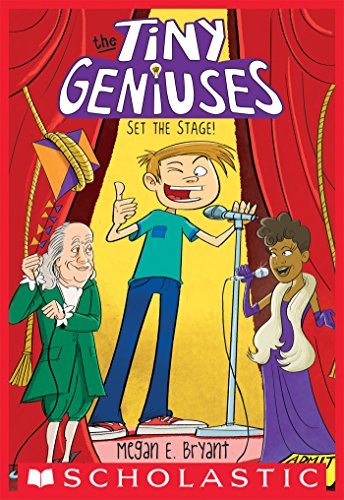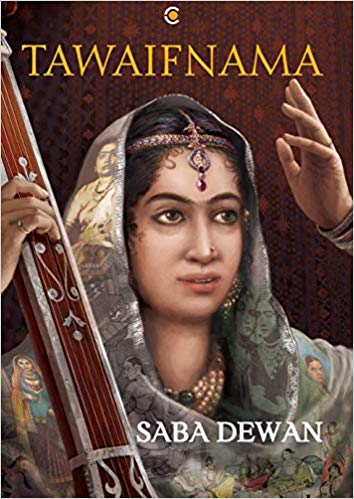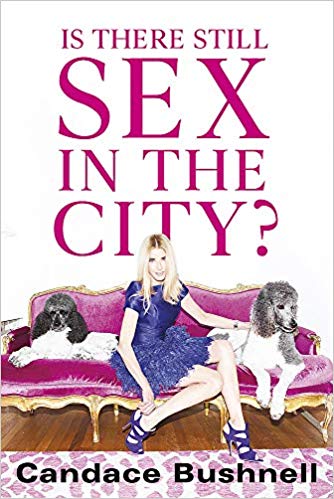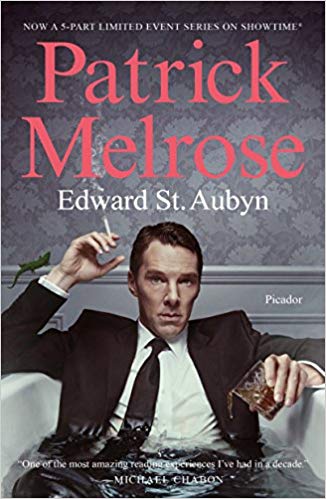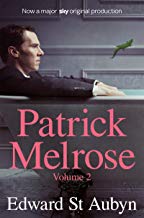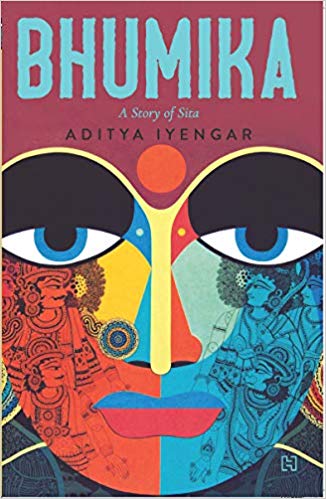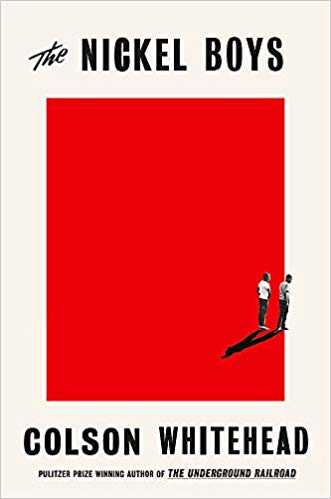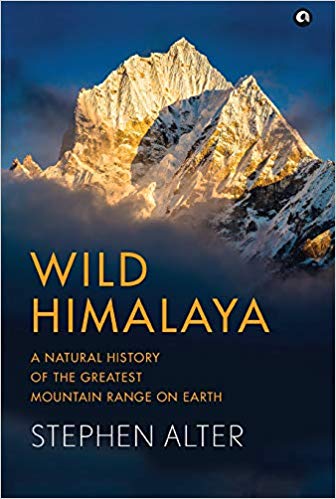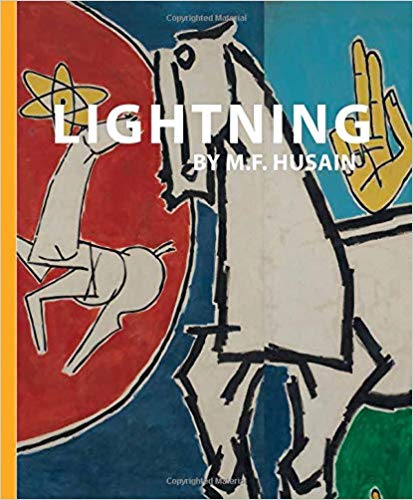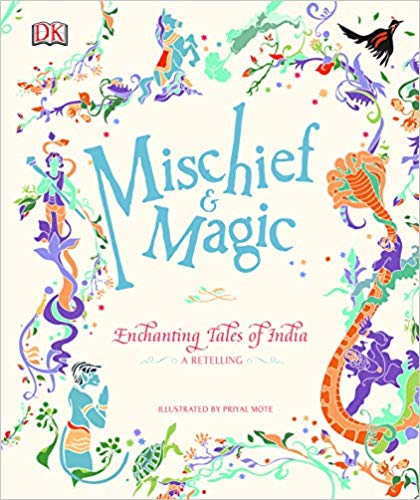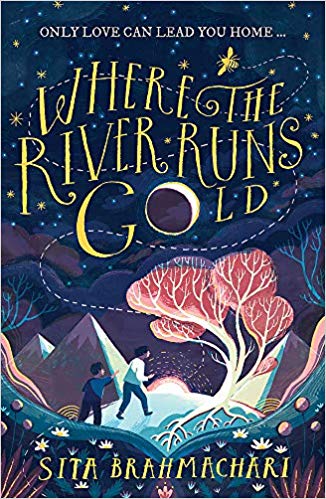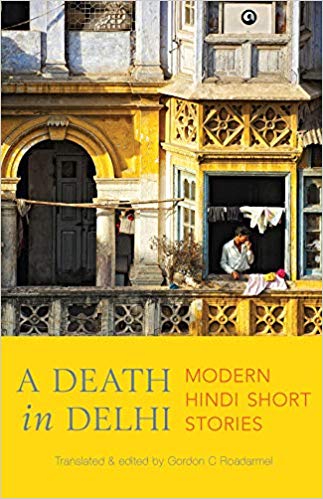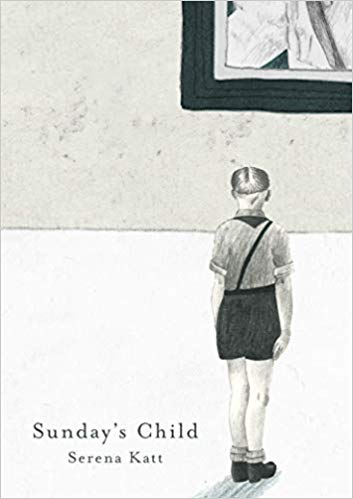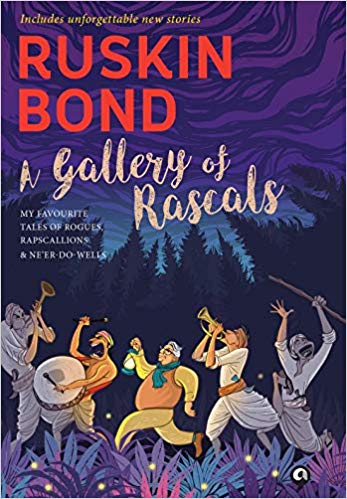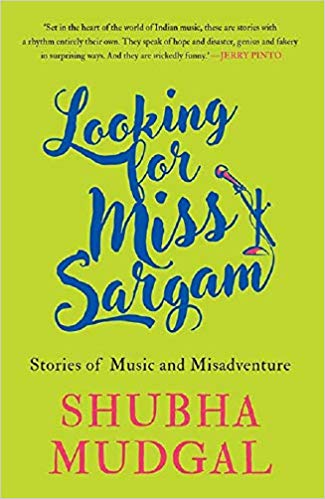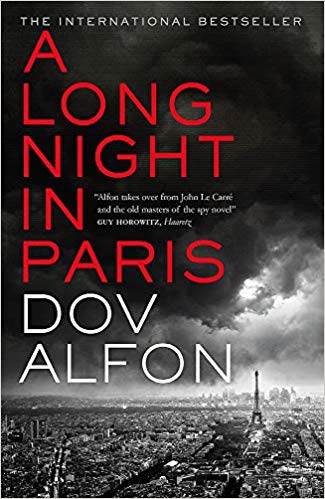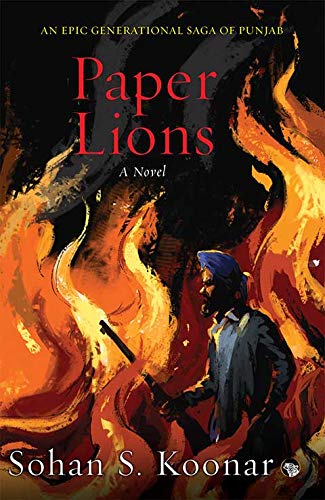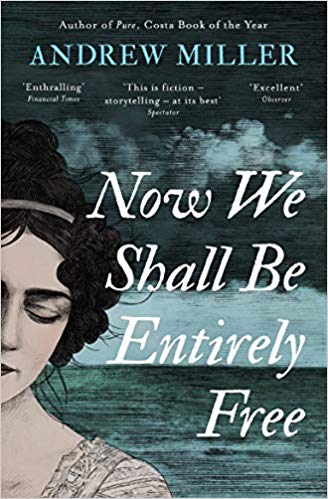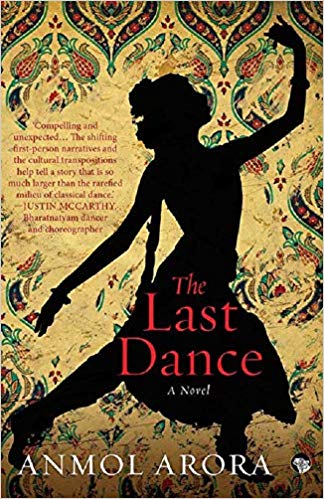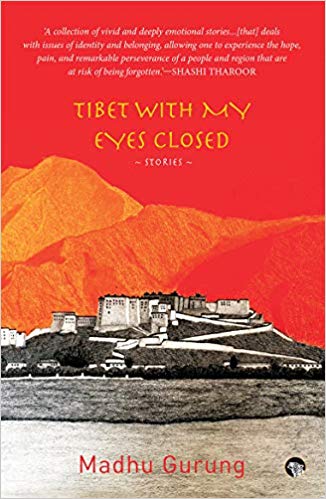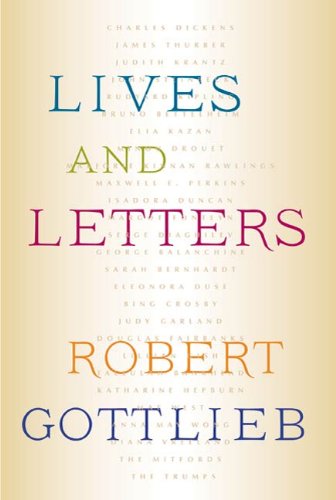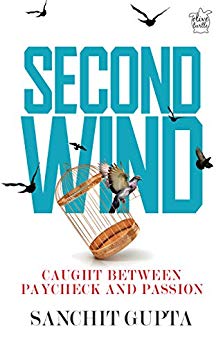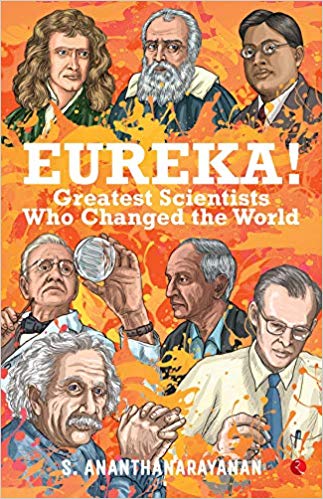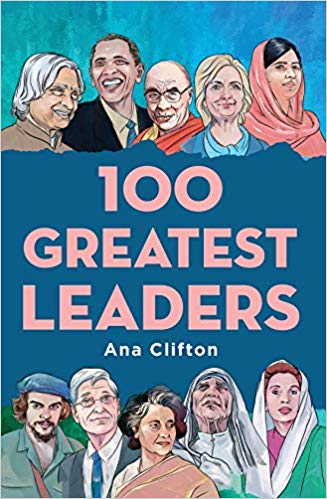Edoardo Albinati’s “The Catholic School”
My review of Edoardo Albinati’s award-winning novel The Catholic School was published in The Hindu Literary Review on Sunday, 3 Nov 2019. It was publishing in the online edition on Saturday, 2 Nov 2019. Here is the link. Given the sudden space crunch, the published version of the review had to be shortened considerably. So I am c&p the longer version below.
Edoardo Albinati The Catholic School (Transl. from the Italian by Antony Shugaar) Picador, London, 2019. Pb. Pp. 1263 £16.99
The Catholic School by Italian novelist Edoardo Albinati is about the abduction and murder of two girls by three well-heeled boys — Andrea Ghira, Gianni Guido and Angelo Izzo —who belonged to the all-male Istituto San Leone Magno (SLM). The group had met at the Il Fungo, the Mushroom, a long time meeting spot for fascists. Over the next 36 hours, the two girls were tortured and raped. Rosaria was killed but Donatella managed to save herself by faking her death. The murderers dumped the bodies of the girls in a car boot. It was found after Donatella began banging on the roof of the boot. The notorious sex crime occurred on the weekend of 29 September 1975. The SLM is a private catholic school established in Rome (1887) by the Marist Brothers. It is also Edoardo Albinati’s alma mater. Albinati was a contemporary of the three school students accused of murder whom the popular press of the time described as “young and pitiless nabobs”.
Edoardo Albinati’s The Catholic School is about this appalling crime while also attempting to understand the minds of these brutal killers. At nearly 1300-pages, this semi-autobiographical novel, mentions the Circeo massacre briefly. Otherwise the book mostly consists of long digressions —philosophical, literary, anthropological analyses. His musings are mostly on how masculinity has been defined over the decades, for which he relies on extensive literary and popular culture references. He investigates the peculiar position that men employ in Italian society: from being mammoni (mammas’ boys) to virile, bursting-with-testosterone men in public spaces who have to prove themselves as “men”. Expecting The Catholic School to bea firsthand account of the slow transformation of the school students into notorious “killers” is not what one gets except for glimpses into Angelo’s criminal mind. The novel is more of a meandering introspection on understanding the potent mix of masculinity, fascism, violence and sex, that converted these boys into monsters particularly when all SLM students were given a firm religious grounding in their formative years by the Catholic Brothers. Albinati believes that religious instruction in many ways taught suppression of emotions resulting in the boys being akin to ticking masculine time bombs.
Albinati acknowledges that while the novel employs the first person singular narrative to tell the story these may well “differ from the author cited on the cover” as he “freely [interbreeds] memory and imagination”. In the mid-nineties, Albinati became a teacher in the maximum security wing of the Rebibbia Prison, Rome, where Mafiosi and Camorristi were among the inmates. In fact, Albinati says that he made “use of police reports, deposition manuscripts, wiretaps, interviews, and legal verdicts” as is evident in his descriptions of Angelo. These multiple experiences of knowing his infamous contemporaries at school to being in his adult life in close proximity to criminals who required to be under maximum security creates an astonishing monotone in the novel. It comes across as the author is doing his best to understand the sex crime committed but not really quite comprehending it, instead by offering many philosophical expositions on it, he hopes to find a rationale for these despicable acts. Albinati fails to be a convincing narrator. The reader feels no remorse for the criminals. All that exists is undiluted rage for there seems to be no change in society towards its attitude to women. It is curious that the author while seeming to be empathetic to rape victims by referring to the predatory attitude towards women and of offering the etymology of the Italian word as “stupro” (indicating something that causes stupor, astonishment, something that one wasn’t expecting), meticulously documents his own sexual encounters and then in the acknowledgements bizarrely credits his daughter for transcribing parts of his manuscript that he had written by hand! If that isn’t a way of perpetuating gender violence then what else is it?!
The Catholic School is also a testament to Albinati’s ambition at creating that “large and engrossing novel” that he has so far been unsuccessful at discovering. Albinati is well read and with confident ease experiments with the literary form. There are unexpected sections in the novel that are like lists, a poem, only dialogue or long monologues. At times he addresses the readers directly encouraging them to skip a few pages if they are bored by what they have read. He also flips back and forth in time recollecting his childhood and comparing it with modern times, particularly his children’s lives. Yet the story remains drearily flat, with even the descriptions of male violence dulling one’s senses, as Albinati remains mildly detached. Never does he offer any solution for the male brutality documented but uncomfortably seems to be accepting of the way society is. According to him, “Being born a boy is an incurable disease”. Written forty years after the crime, this novel won the topmost literary prize in Italy — the Strega Prize 2016.
The translation from Italian to English by translator Antony Shugaar is commendable. It reads smoothly. Shugaar does not believe that there are untranslatable words. As he says, “my goal is to carry the reader across that space so quietly that the spell is not broken.” ( VQR, “Loss, Betrayal, and Inaccuracy: A Translator’s Handbook”, 19 Feb 2014) Shugaar achieves this beautifully with The Catholic School for whatever the shortcomings one may find with the novel’s portrayal of its male world, there is no doubt that Shugaar has been faithful to his mantra of building bridges from untranslatable worlds to where we live.
3 November 2019

